A George II mahogany clothes press, circa 1750, the arched architectural pediment incorporating dentil and acanthus carved detail, above a pair of panelled doors incorporating egg and dart moulding opening to a void interior with three small drawer beneath, the lower section with two short and two long drawers above a gadrooned frieze and acanthus carved squat cabriole legs on hairy paw feet, 204cm high, 132cm wide, 66cm deep For a related press see Christie's, King Street, London, 500 Years Decorative Arts Europe, 9th June 2011, Lot 284. The press being offered bears several similar design attributes to the example offered at Christie's which was considered to be part of a group attributable to the maker Giles Grendey In particular, the discussion of the group of presses attributed to Grendey also describes an example with remarkably close relation to the current press, '....with a broken pediment and shaped fielded panelled doors....', '....undoubtedly executed in the same workshop....' (sold anonymously at Sotheby's, New York, 18 October 18, 1980, lot 101) Grendey's characteristic hour-glass fielded panelled doors, appear on both a mahogany and a red and gilt-japanned cabinet bearing Grendey's trade label (Christopher Gilbert, Marked London Furniture 1700-1840, Leeds, 1996, p. 241, fig. 433). Similarly, doors of the same design feature on a bureau bookcase from Percival Griffiths' collection, illustrated in R. W. Symonds, English Furniture from Charles II to George II, London, 1929, p. 201, fig. 210; its stand has a gadrooned apron and short cabriole legs with paw feet of directly comparable character. Whilst comparatively little of Grendey's seat-furniture is labelled, his chairs often bear the initials of journeymen craftsmen in his workshop. The parallels between Grendey's seat-furniture for Ettington Park, stamped by the journeyman William House who worked for him from 1747, with their distinctive hairy-paw feet, is also worth considering in regard to the current press (anonymous sale, Christie's London, 4 July 2002, lot 20). Giles Grendey (d.1780), cabinet-maker of St. John's Square, Clerkenwell, London ran a substantial business from 1726. Grendey was made Master of the Joiners' Company in 1766. Described at the time of his wife's death as a 'great Dealer in the Cabinet way', in 1755 at the time of his daughter's marriage to the Royal cabinet-maker John Cobb he was called an 'eminent Timber Merchant'. While few payments to him have been traced in country house archives, he supplied a good number of intrinsic walnut and mahogany pieces to aristocratic houses including Longford Castle, Stourhead and Barn Elms. Grendey is probably best known for the extensive suite of scarlet-japanned furniture he executed for the Duke of Infantado's castle at Lazcano, Spain, whilst recently discovered labelled mirrors in Norway also indicate that Grendey exported goods to Scandinavia. Condition report disclaimer
A George II mahogany clothes press, circa 1750, the arched architectural pediment incorporating dentil and acanthus carved detail, above a pair of panelled doors incorporating egg and dart moulding opening to a void interior with three small drawer beneath, the lower section with two short and two long drawers above a gadrooned frieze and acanthus carved squat cabriole legs on hairy paw feet, 204cm high, 132cm wide, 66cm deep For a related press see Christie's, King Street, London, 500 Years Decorative Arts Europe, 9th June 2011, Lot 284. The press being offered bears several similar design attributes to the example offered at Christie's which was considered to be part of a group attributable to the maker Giles Grendey In particular, the discussion of the group of presses attributed to Grendey also describes an example with remarkably close relation to the current press, '....with a broken pediment and shaped fielded panelled doors....', '....undoubtedly executed in the same workshop....' (sold anonymously at Sotheby's, New York, 18 October 18, 1980, lot 101) Grendey's characteristic hour-glass fielded panelled doors, appear on both a mahogany and a red and gilt-japanned cabinet bearing Grendey's trade label (Christopher Gilbert, Marked London Furniture 1700-1840, Leeds, 1996, p. 241, fig. 433). Similarly, doors of the same design feature on a bureau bookcase from Percival Griffiths' collection, illustrated in R. W. Symonds, English Furniture from Charles II to George II, London, 1929, p. 201, fig. 210; its stand has a gadrooned apron and short cabriole legs with paw feet of directly comparable character. Whilst comparatively little of Grendey's seat-furniture is labelled, his chairs often bear the initials of journeymen craftsmen in his workshop. The parallels between Grendey's seat-furniture for Ettington Park, stamped by the journeyman William House who worked for him from 1747, with their distinctive hairy-paw feet, is also worth considering in regard to the current press (anonymous sale, Christie's London, 4 July 2002, lot 20). Giles Grendey (d.1780), cabinet-maker of St. John's Square, Clerkenwell, London ran a substantial business from 1726. Grendey was made Master of the Joiners' Company in 1766. Described at the time of his wife's death as a 'great Dealer in the Cabinet way', in 1755 at the time of his daughter's marriage to the Royal cabinet-maker John Cobb he was called an 'eminent Timber Merchant'. While few payments to him have been traced in country house archives, he supplied a good number of intrinsic walnut and mahogany pieces to aristocratic houses including Longford Castle, Stourhead and Barn Elms. Grendey is probably best known for the extensive suite of scarlet-japanned furniture he executed for the Duke of Infantado's castle at Lazcano, Spain, whilst recently discovered labelled mirrors in Norway also indicate that Grendey exported goods to Scandinavia. Condition report disclaimer



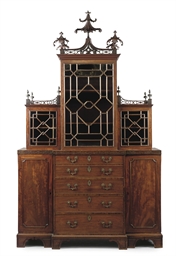
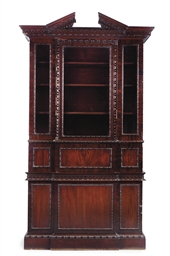

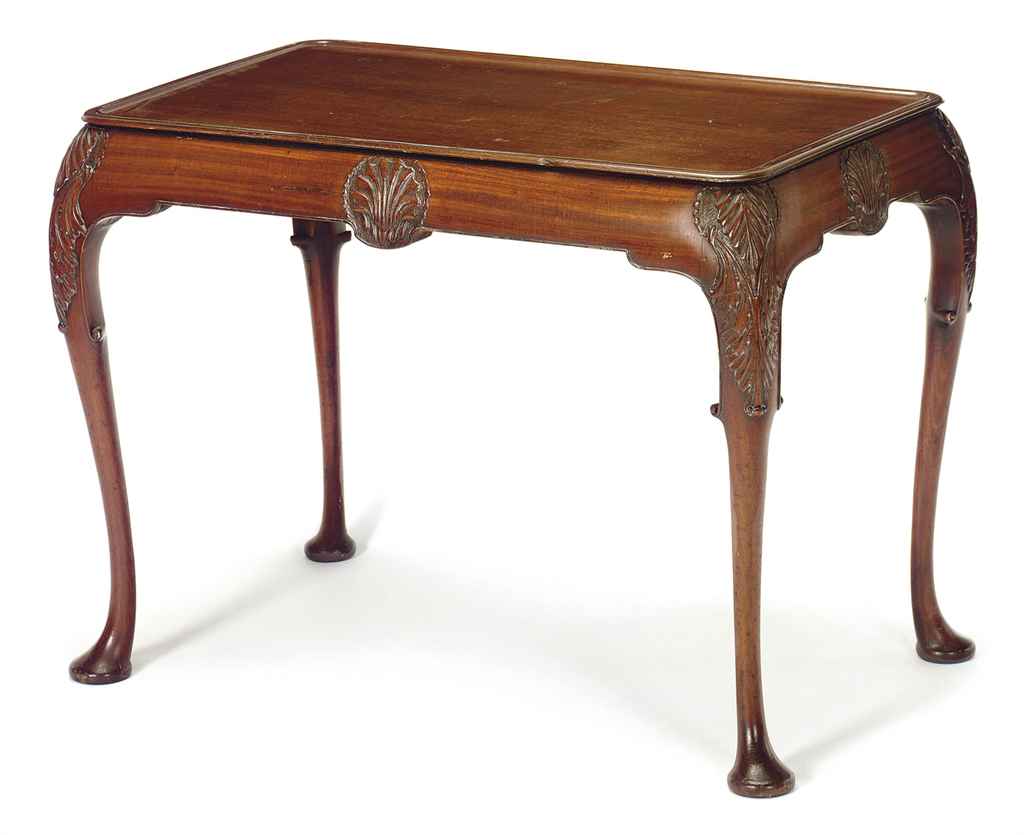
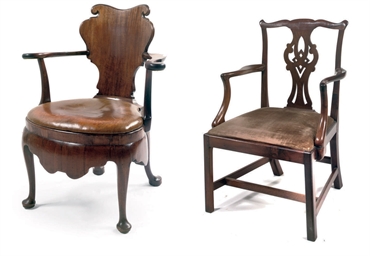
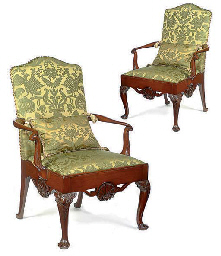
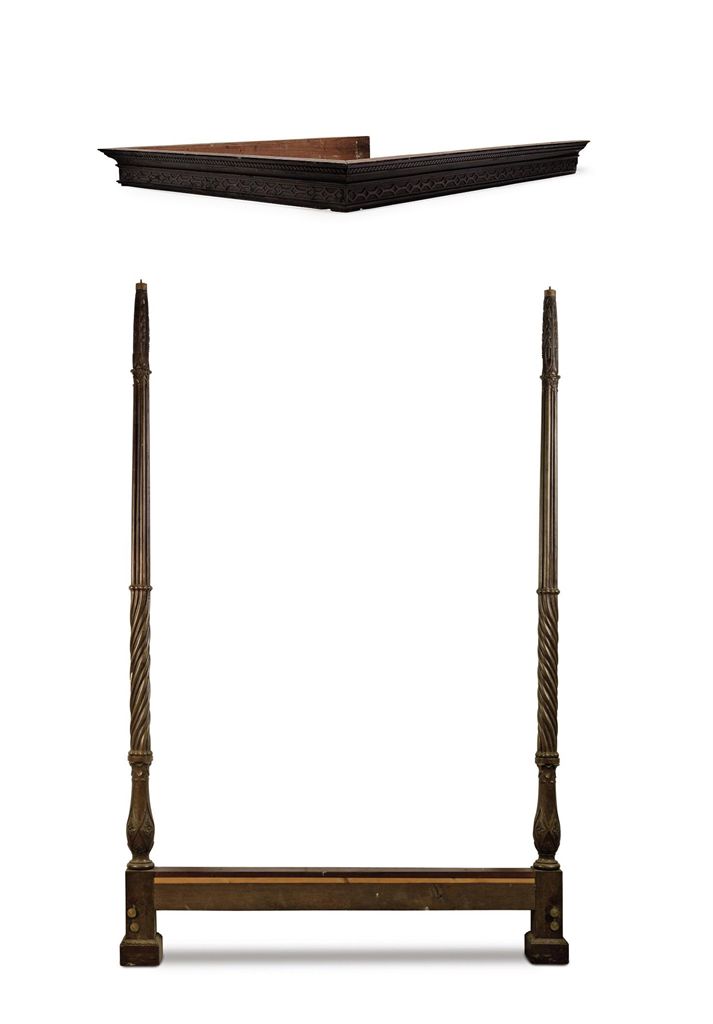
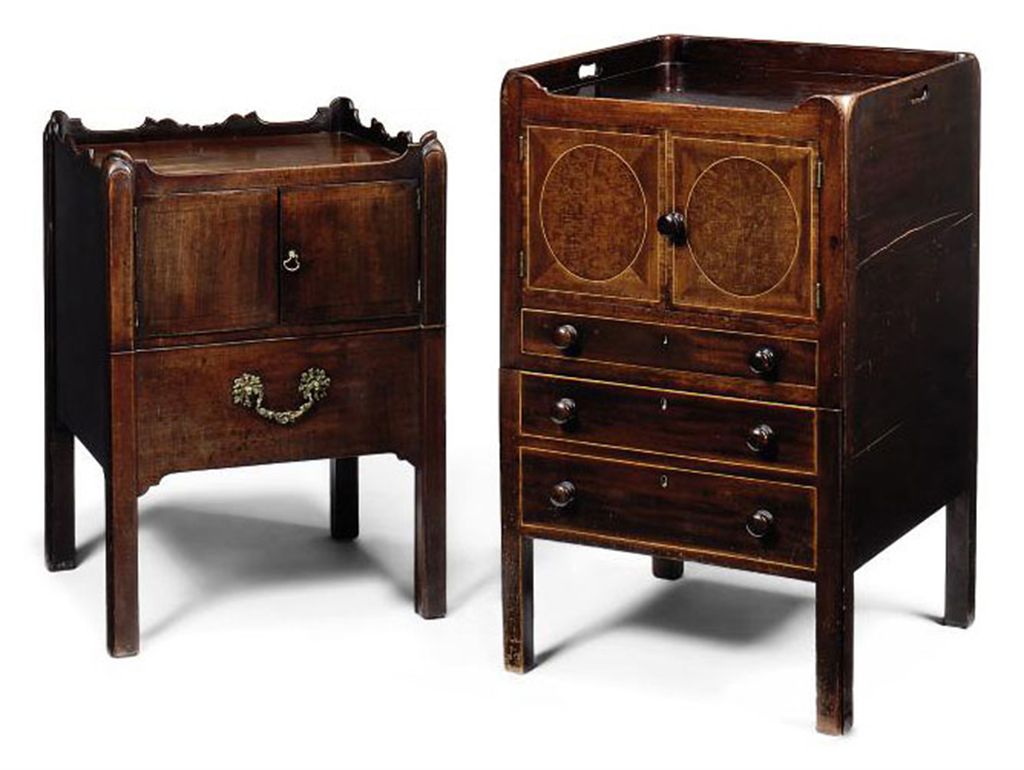
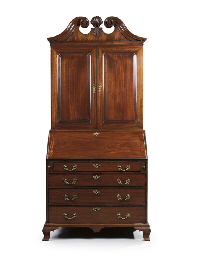
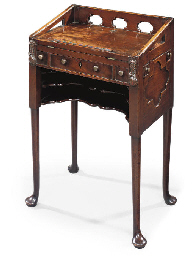
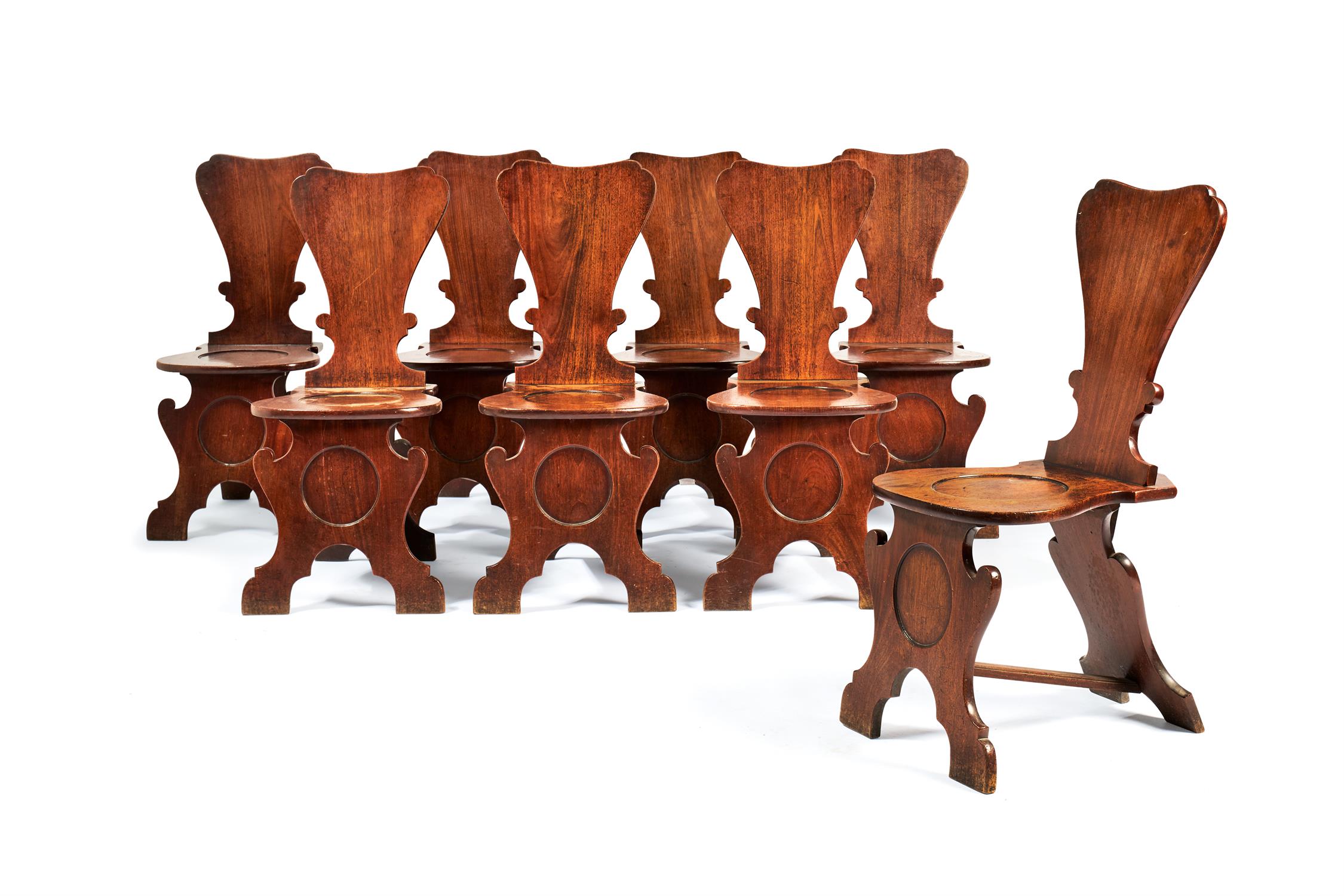
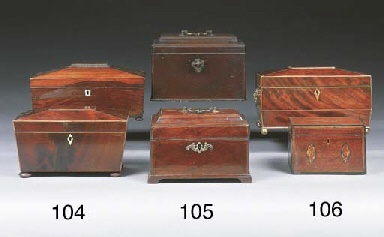
Try LotSearch and its premium features for 7 days - without any costs!
Be notified automatically about new items in upcoming auctions.
Create an alert